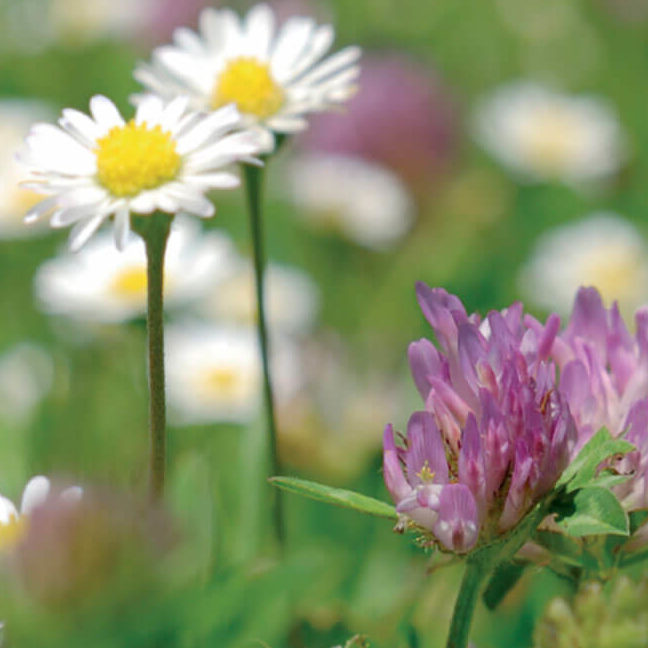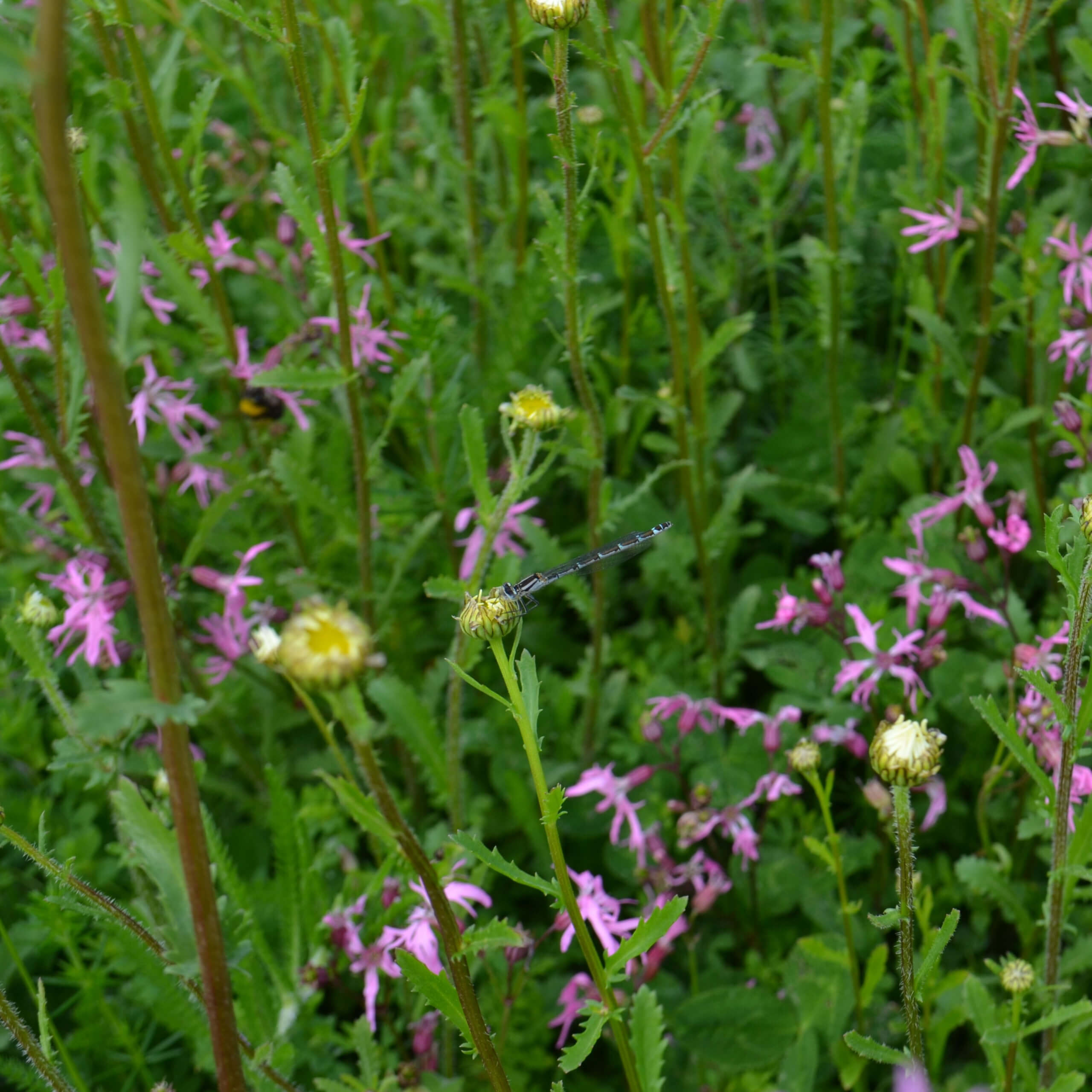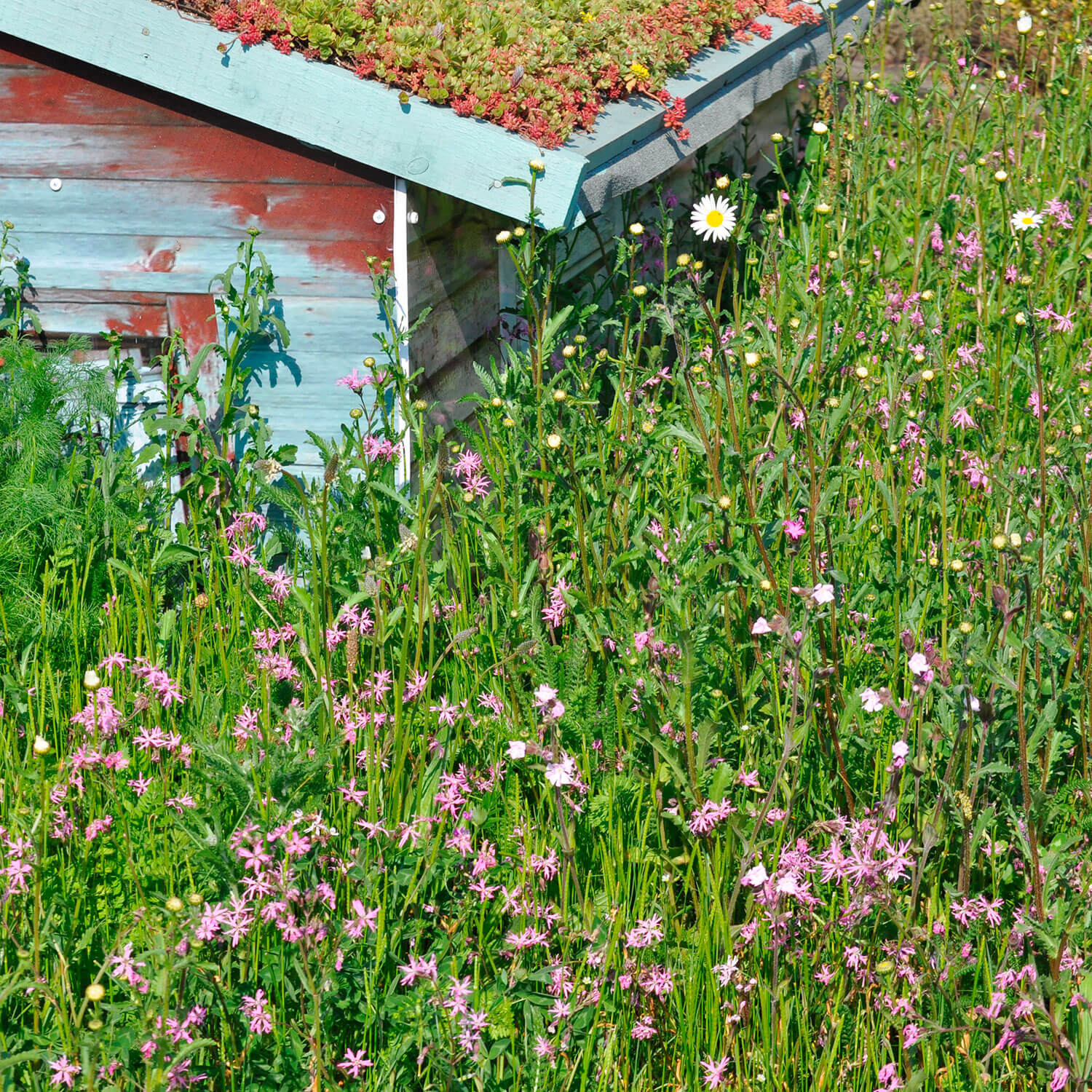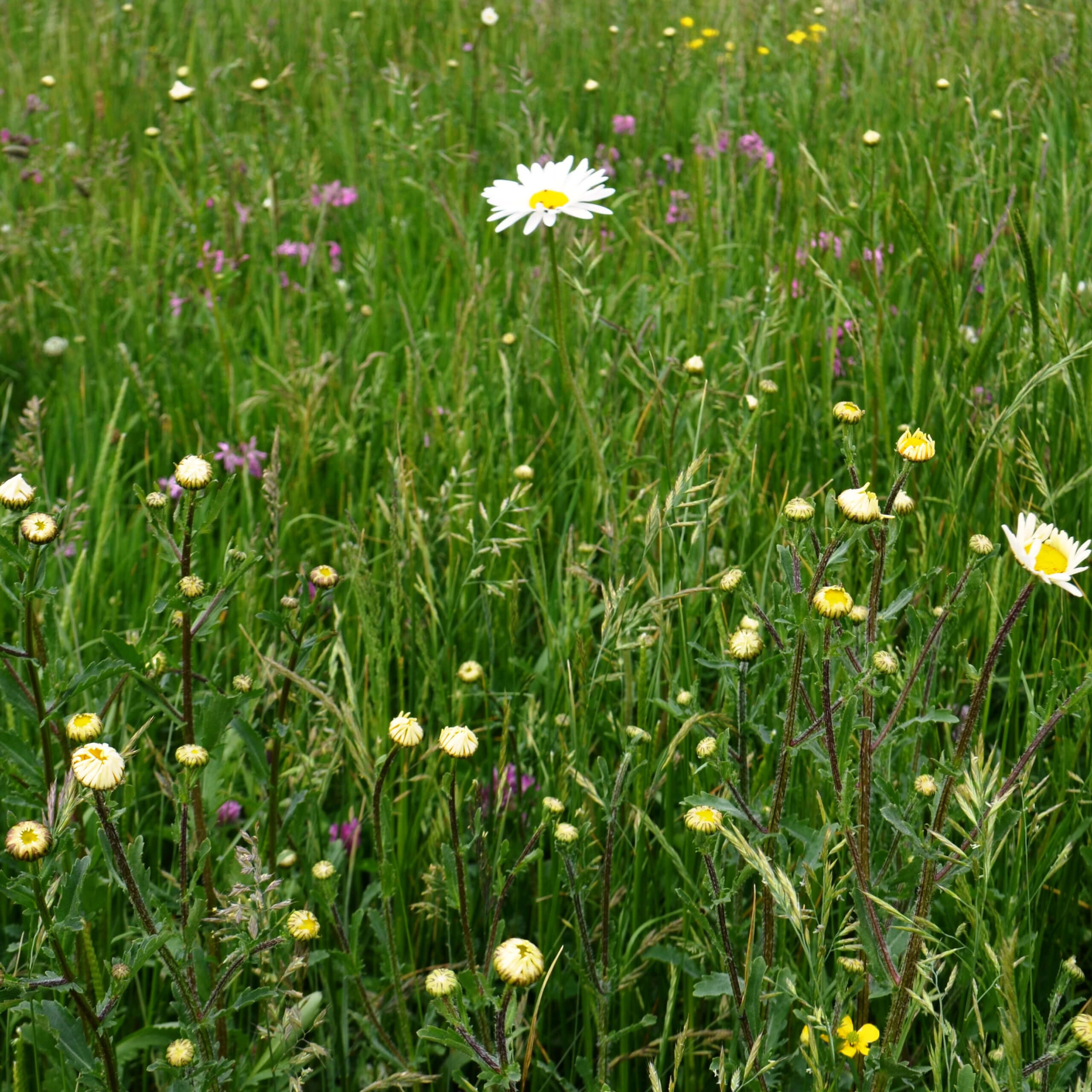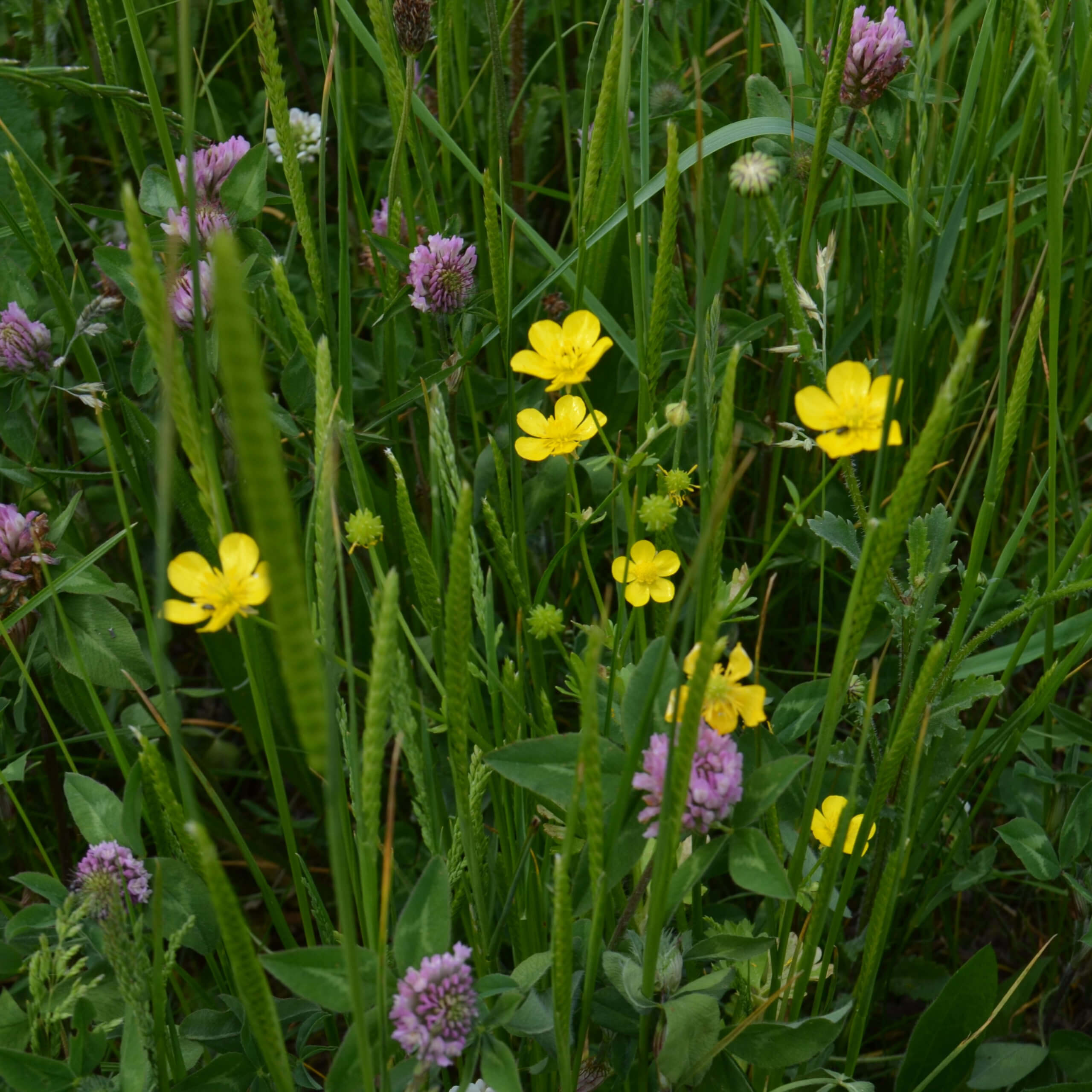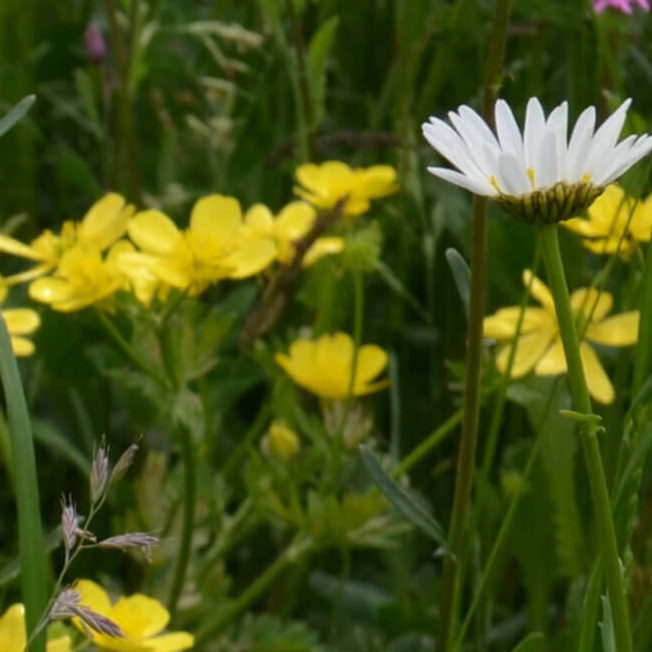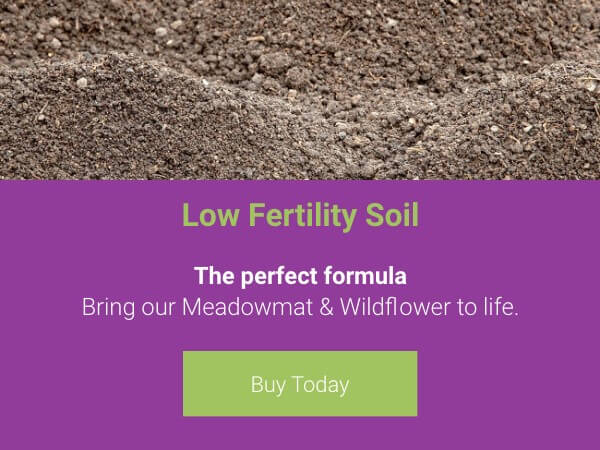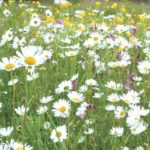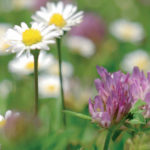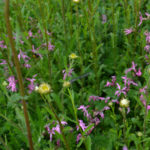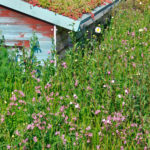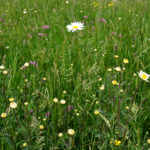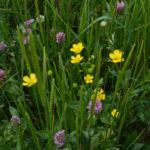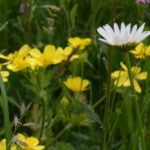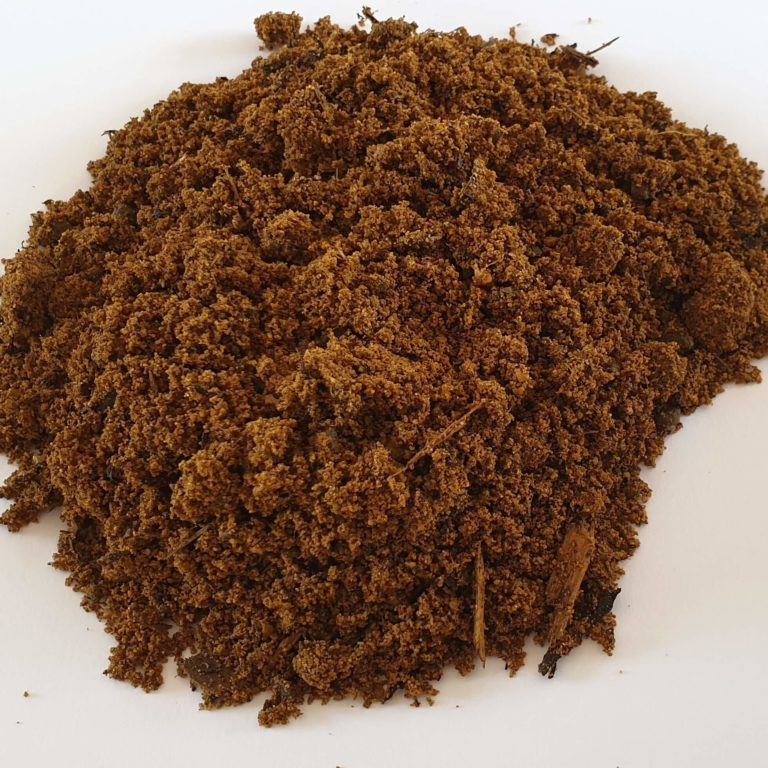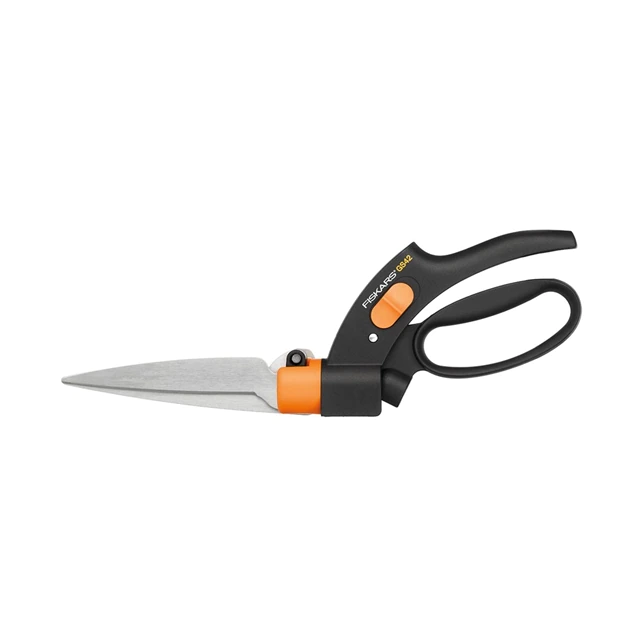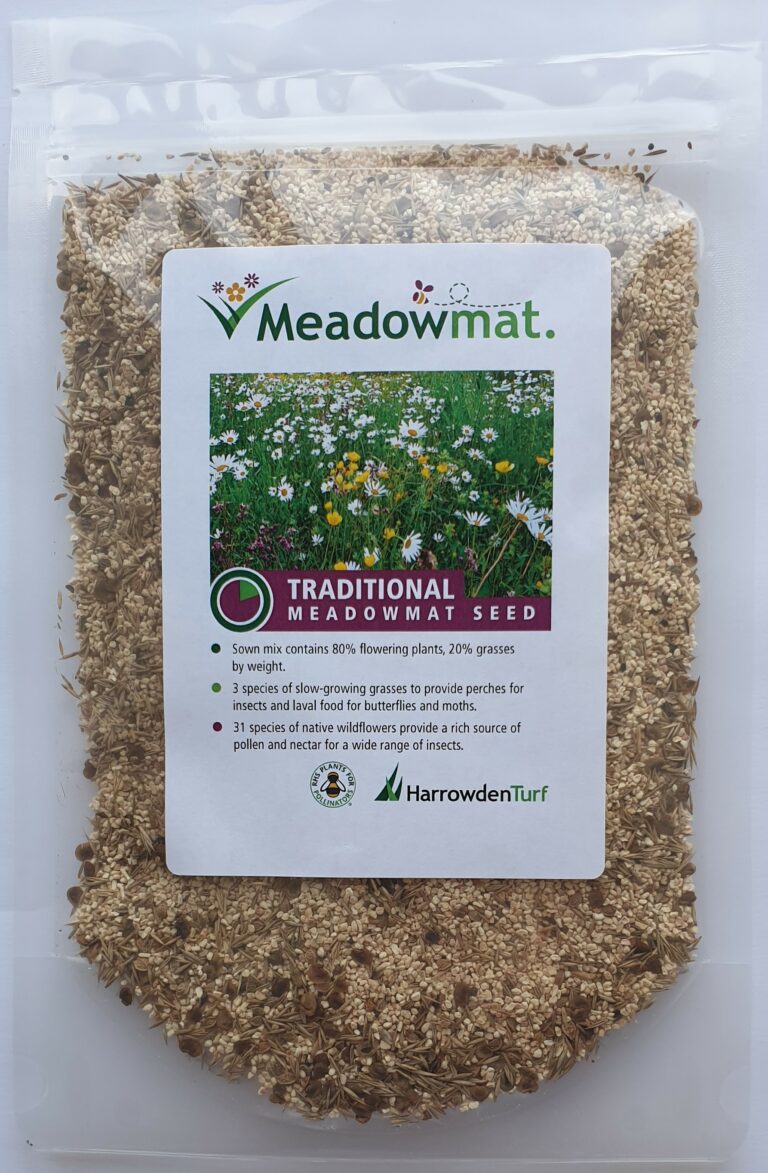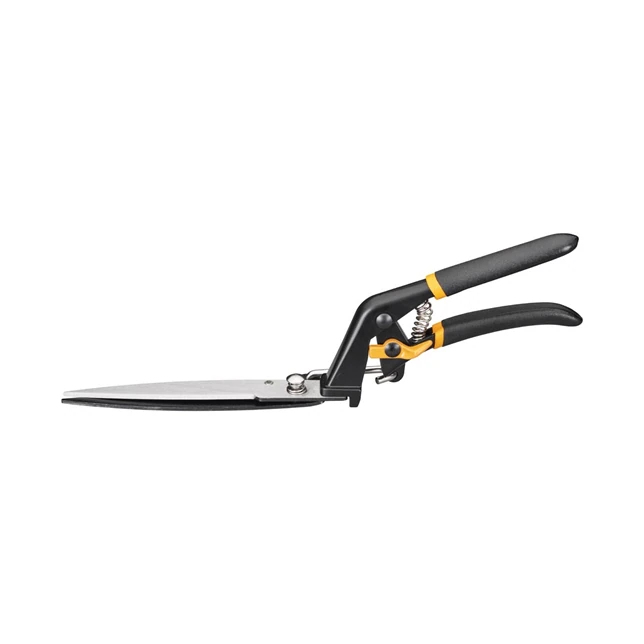Traditional Meadowmat
Traditional Meadowmat is a blend of 31 native wildflowers and 3 types of grass typically found in an old-fashioned hay meadow.
Ideal for a sunny spot where low maintenance and lots of biodiversity combine to create a relaxed feel. Prefer a more manicured look? Then, keep the edges trimmed and mow paths through your Traditional Meadowmat® to give a more formal appearance.
Key Points
- The majority of plant species in Traditional Meadowmat wildflower turf are perennial. That means that if they are happy in your garden they will grow back year after year.
- Flowering Time: May – July (depending on local weather conditions).
- Meadowmat® is mown before despatch to minimise damage to plants. It will not be in flower when it is delivered.
- For flowers in its first season, install Traditional Meadowmat before the end of March to allow plants to establish.
- It takes two slabs of Traditional Meadowmat to cover 1 square metre which will weigh up to 25Kg. We recommend having two people to install it.
- The balance of plant species is affected by soil type, management, pollinator populations and local climatic conditions. Your Traditional Meadowmat will change appearance from year to year, which is one of the reasons we love it so much.
What is Meadowmat®?
If you’re not familiar with Meadowmat®, it’s an innovative landscaping material that allows you to establish dense planting very quickly. More reliable than seeding and less time-consuming than plug-planting, Meadowmat® can be described as a slab of wildflower turf ready for your garden. It’s installed and established just like grass turf but needs less ongoing maintenance than a lawn.
Maintaining Traditional Meadowmat® requires a different approach to any other type of gardening. Fertilisers and pesticides can stay in the shed – you won’t be needing those. Neither will you need your lawn mower. Meadowmat® can be left to grow unchecked between March and August. At the end of summer, it is cut back to a height of 10 – 15 cm and all vegetation is removed. Mow once or twice in Autumn to remove excess growth and leave over winter and your Traditional Meadowmat wildflower turf will naturally start growing when the soils warm up in spring.
For more detailed information on installing and maintaining Traditional Meadowmat please visit our Help Centre on our website.
Growing Traditional Meadowmat® – Soil and Aspect
Traditional Meadowmat prefers to grow in full sun and moist, but well drained low fertility soil. So, it is happy on level surfaces or slopes. Happiest in a fairly neutral pH but will tolerate all but the most acidic or alkaline soils.
We strongly recommend installing Meadowmat® onto our Low Fertility Soil as the high nutrient content of “normal” garden soil tends to skew the balance of grasses to flowering plants in Traditional Meadowmat and you may find that the resulting display is less colourful.
Coverage
Each slab of Traditional Meadowmat measures 500mm (19.6″) wide by 1000mm (39.2″) long so two slabs will cover 1m².
Please note this product is sold per square metre.
Want to grow your own from Seed?
The mix of wildflowers found in Traditional Meadowmat Wildflower Turf is also available as a seed mix – if you would like to grow your own from scratch or you just want to add some extra colour.
What’s In Traditional Meadowmat® Wildflower Turf?
Please note, percentages refer to the weight of the seed in the growing mix and do not necessarily reflect the proportions of mature plants.
20% Native Grasses
To help prevent soil drying out, provide shelter for insects, food for birds and perches for butterflies:
For more information about each grass, click on the article below
| Sheep’s Fescue | Crested Dogstail |
| Slender Creeping Red Fescue |
80% Native Wildflowers
For more information about each flower, or to purchase more of the individual species, click on the links below
| Autumn Hawkbit | Read More | Buy More |
| Betony | Read More | Buy More |
| Birdsfoot Trefoil | Read More | Buy More |
| Bladder Campion | Read More | Buy More |
| Catsear | Read More | Buy More |
| Common Knapweed | Read More | Buy More |
| Common Sorrel | Read More | Buy More |
| Common St Johns Wort | Read More | Buy More |
| Common Toadflax | Read More | Buy More |
| Common Vetch | Read More | Buy More |
| Cowslip | Read More | Buy More |
| Daisy | Read More | Buy More |
| Field Scabious | Read More | Buy More |
| Lady’s Bedstraw | Read More | Buy More |
| Meadow Buttercup | Read More | Buy More |
| Meadow Cranesbill | Read More | Buy More |
| Meadowsweet | Read More | Buy More |
| Musk Mallow | Read More | Buy More |
| Ragged Robin | Read More | Buy More |
| Red Campion | Read More | Buy More |
| Red Clover | Read More | Buy More |
| Ribwort Plantain | Read More | Buy More |
| Rough Hawkbit | Read More | Buy More |
| Salad Burnet | Read More | Buy More |
| Selfheal | Read More | Buy More |
| Tufted Vetch | Read More | Buy More |
| White Campion | Read More | Buy More |
| Wild Carrot | Read More | Buy More |
| Wild Marjoram | Read More | Buy More |
| Yarrow | Read More | Buy More |
| Yellow Rattle | Read More | Buy More |
Perishable living products should be installed on the day of delivery. In the unlikely event that your product does not arrive in good condition please get in touch immediately with photos showing the issue.
The actual percentage of each species contained may vary due to environmental factors. Turfonline makes every effort to ensure wildflower products are free from weeds and pests, however due to the natural way in which these products are grown we cannot guarantee they are 100% pest free on delivery. It is unlikely that you will see every species that is listed. The variation of species present has been developed to suit a wide variety of soils and environmental conditions. This will result in a product that will adapt to individual settings which may mean some species are more successful than others. Contains annual and perennial species. If installed after March many species may not flower during the first year.

